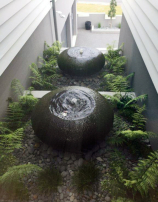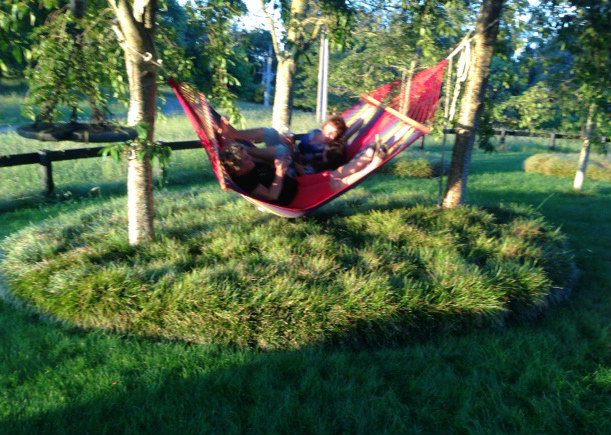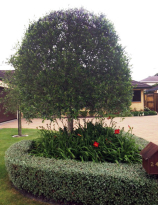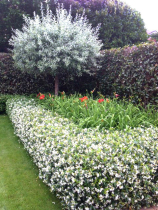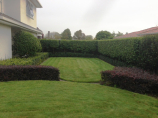A good new Hedging option for the Garden
As part of my job, I get to drive around alot of the waikato, auckland and tauranga regions, and if I didnt know any better I would have thought that grisilinia broadway mint was about the only hedging plant avaliable on the market. It's certainly the biggest selling hedge on the market At the moment - I believe its because people like its shiny lush green appearance, and reasonably low maintenance. I am certainly "over it " because its everywhere - and like to offer my clients other good options.
MICHELIA FAIRY WHITE - (the one shown in the photo) - is one of my latest favourites, I am impressed with its looks - dark green clean foliage, not too vigorous , and its highly perfumed white flowers- the fragrance is impressive, and it makes a super dense hedge, perfect as a boundary hedge on a small urban section or lifestyle block where the winds are not super strong - great to screen out the neighbours, and fits in with everyones desire for a low maintenance hedge that looks great 12 months of the year.
Also out of the same breeding stable is MICHELIA FAIRY BLUSH and MICHELIA FAIRY CREAM also both great options, with the same positive attributes.




